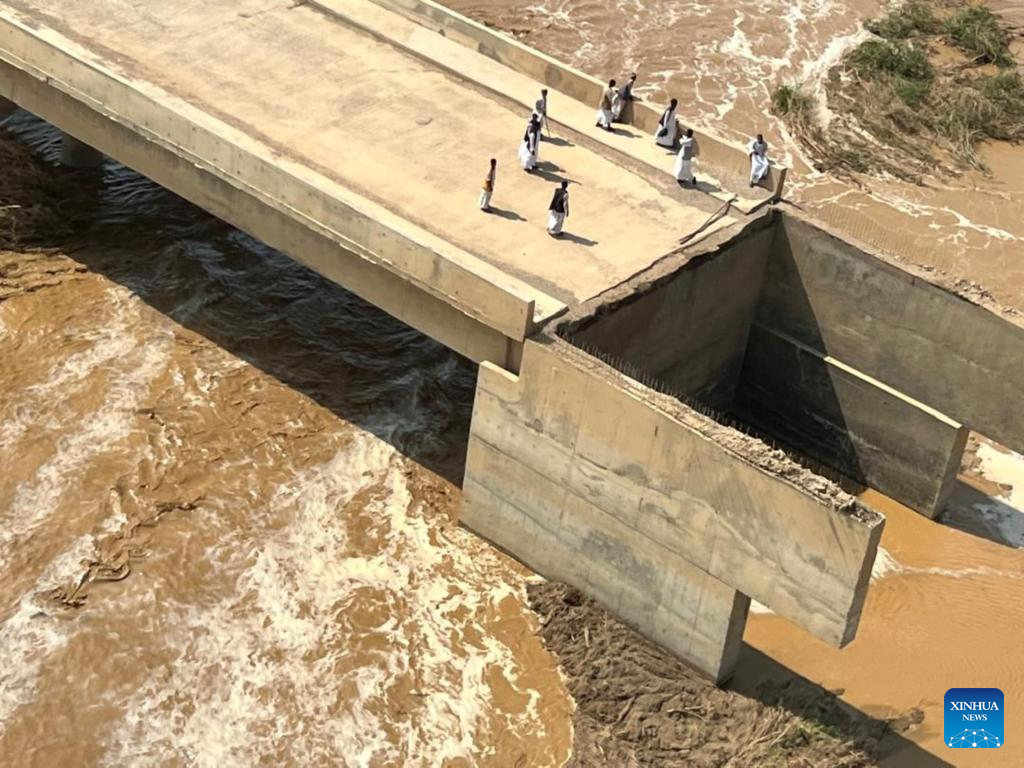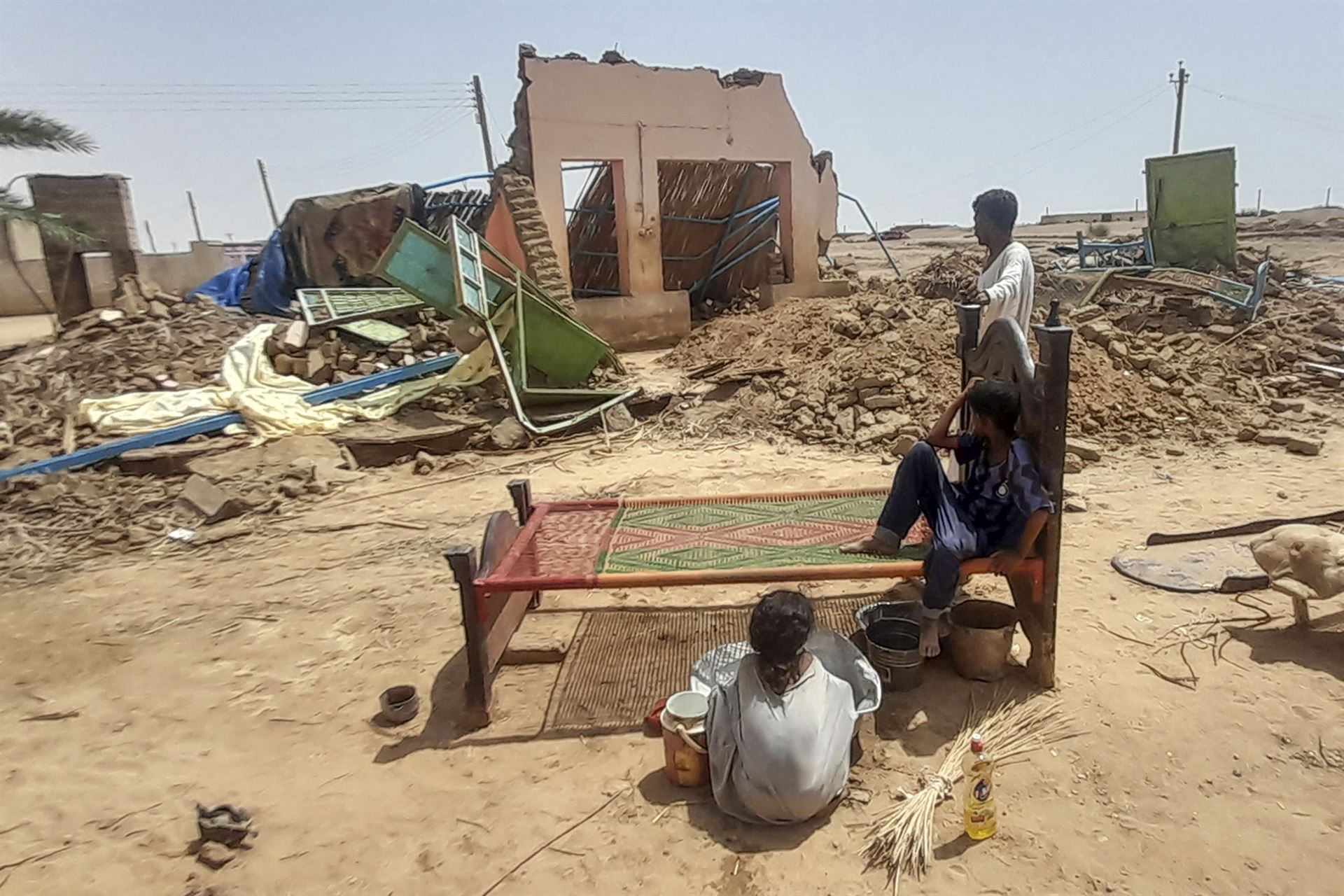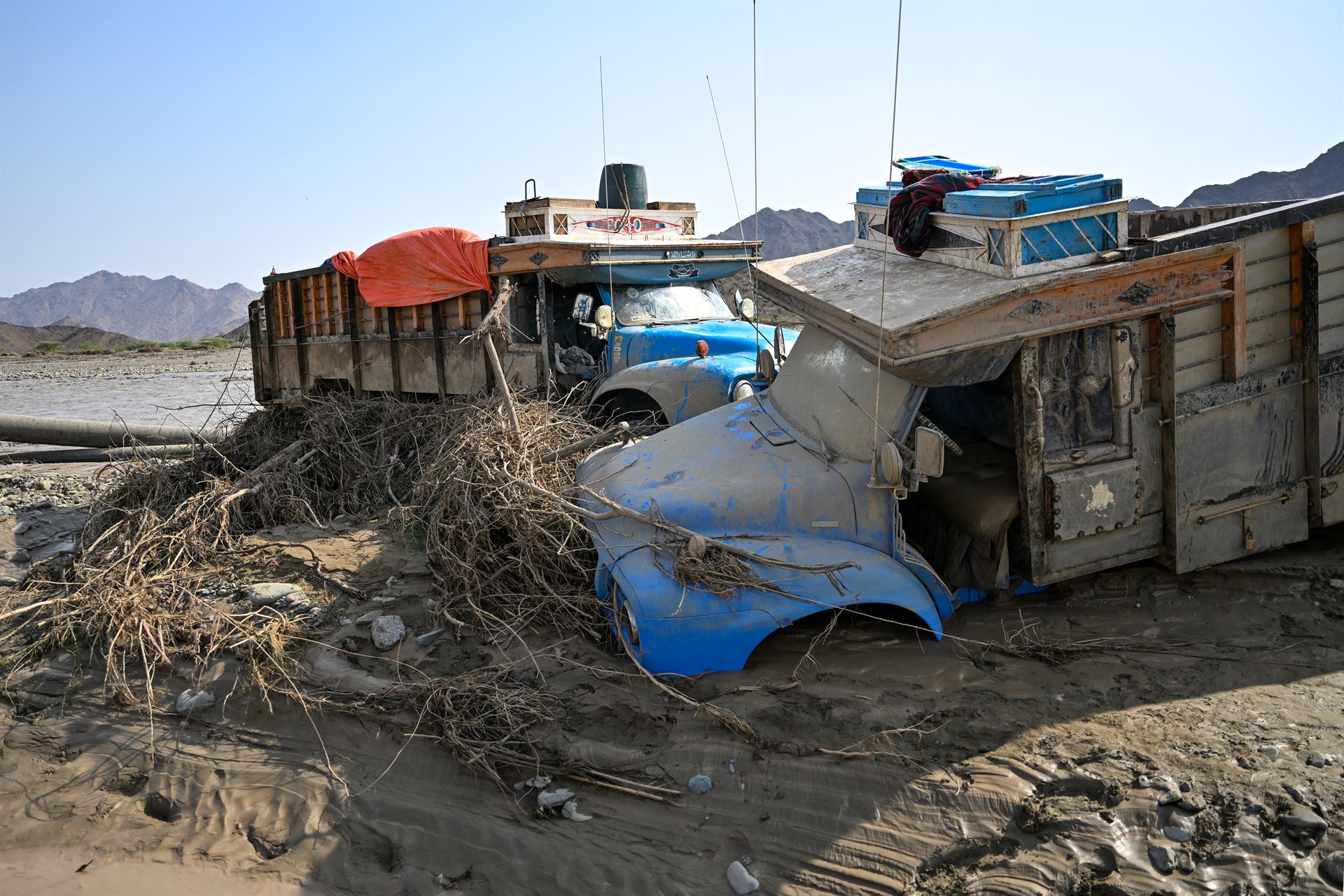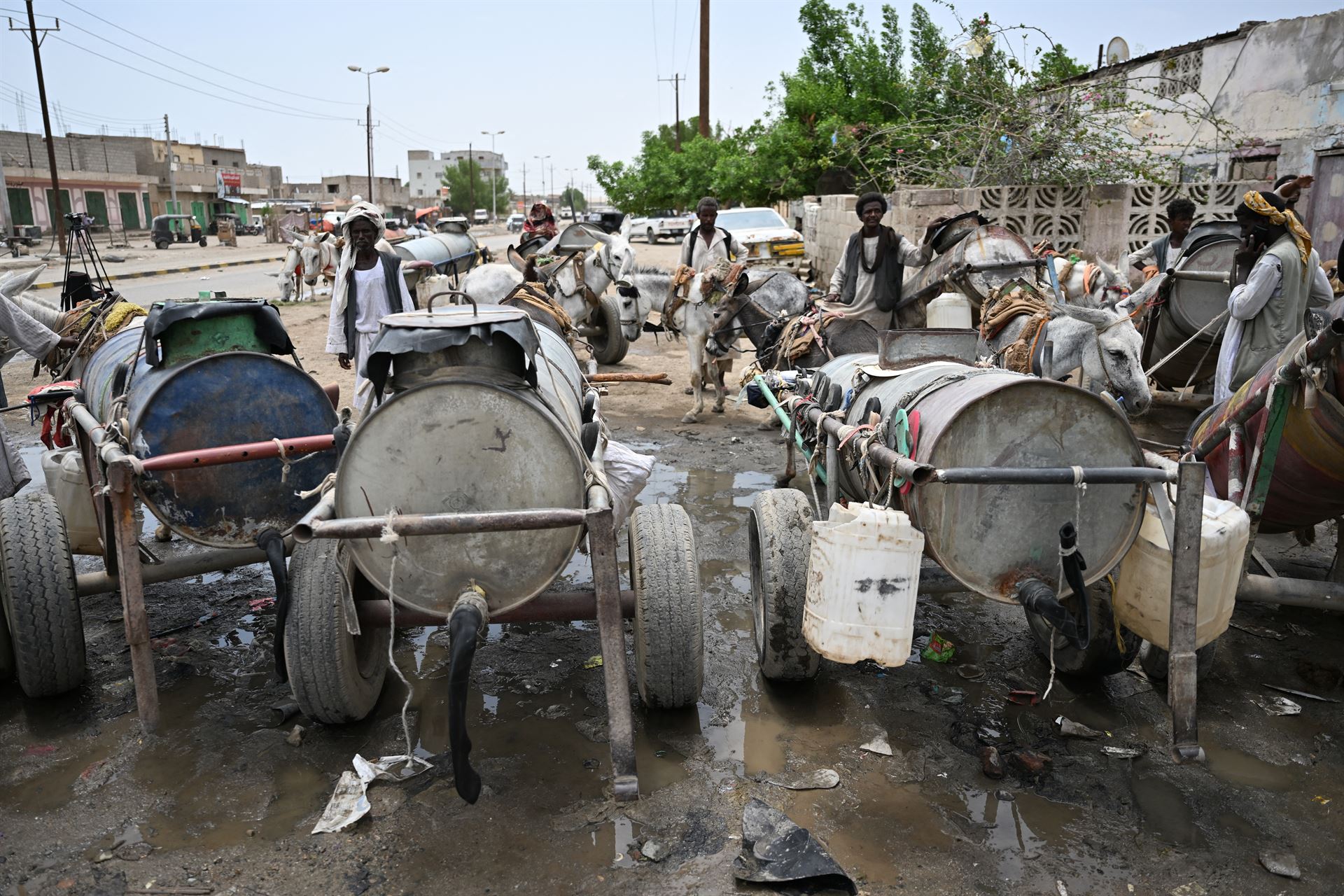
ARBAAT, Sudan - Surging waters have burst through a dam, wiped out at least 20 villages and left at least 30 people dead but probably many more in eastern Sudan, the United Nations said on Monday, devastating a region already reeling from months of civil war.
Torrential rains caused floods that overwhelmed the Arbaat Dam on Sunday just 40 km north of Port Sudan, the de facto national capital and base for the government, diplomats, aid agencies and hundreds of thousands of displaced people.

"The area is unrecognizable. The electricity and water pipes are destroyed," Omar Eissa Haroun, head of the water authority for Red Sea state, said in a WhatsApp message to staff.
READ MORE: Political efforts in Sudan's war at stake as clashes escalate
One first responder said that between 150 and 200 people were missing.
He said he had seen the bodies of gold miners and pieces of their equipment wrecked in the deluge, and likened the disaster to the devastation in the eastern Libyan city of Derna in September last year when storm waters burst dams, swept away buildings and killed thousands.
On the road to Arbaat on Monday a Reuters reporter saw people burying a man and covering his grave with driftwood to try to prevent it from being washed away in mudslides.

The homes of about 50,000 people were impacted by the flooding, the United Nations said, citing local authorities, adding that the number only accounted for the area west of the dam as the area east was inaccessible.
The dam was the main source of water for Port Sudan, which is home to the country's main Red Sea port and working airport, and receives most of the country's much-needed aid deliveries.
READ MORE: IOM: Tens of thousands in Sudan risk death if world does not step up response
"The city is threatened with thirst in the coming days," the Sudanese Environmentalists Association said in a statement.
Crumbling infrastructure
Officials said the dam had started crumbling and silt had been building during days of heavy rain that had come much earlier than usual.
Sudan's dams, roads and bridges were already in disrepair before the war between the Sudanese army and the paramilitary Rapid Forces began in April 2023.

Both sides have since funneled the bulk of their resources into the conflict, leaving infrastructure badly neglected.
Some people had fled their flooded homes and headed to the mountains where they were now stranded, the health ministry said.
On Monday, the government's rainy season taskforce said 132 people had been killed in floods across the country, up from 68 two weeks ago. At least 118,000 people have been displaced by the rains this year, according to United Nations agencies.
READ MORE: Death toll from heavy rains in Sudan rises to 53
The conflict in Sudan began when competition between the army and the RSF, who had previously shared power after staging a coup, flared into open warfare.
The two sides had been seeking to protect their power and extensive economic interests as the international community promoted a plan for a transition towards civilian rule.
Overlapping efforts in pursuit of a ceasefire, including Saudi- aburiednd US-led talks in Jeddah, have not eased the fighting and half of the 50 million population lack sufficient food.


